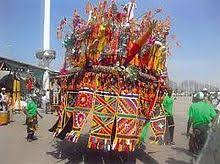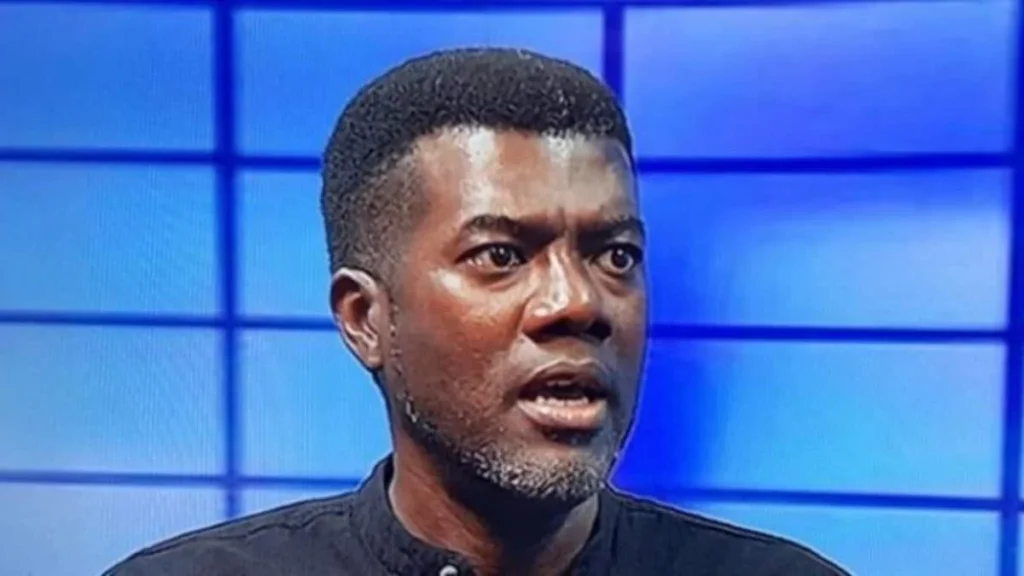Oriokpa: Checkmating excessiveness among masquerades in South Eastern Nigeria

By Victor Akuma
Masquerades are integral part of culture of many towns, communities and villages in Nigeria and the South Eastern part of the country is no exception.
They serve as unifying factors for members of the community where they are found. They equally serve as means of tourism for towns that add more value to its celebration as people from far and wide converge to watch these masquerades on display.
In Igbo land, there are various types of masquerades, depending on the community. The people of Umuhali in Ishielu Local Government Area of Ebonyi State has one called “Evuvu,” Ohambele in Ukwa East Local Government Area of Abia State has “Nwautama.” In Nsukka, Enugu State, there are a number of masquerades with the most popular being referred to as Oriokpa.
Among these masquerades is one called “IJELE.” It is seen as the king of all masquerades in Igbo land and is highly revered in the Igbo culture, not just for its popularity and size but also because of its significance.
Towering at about 12 to 15 ft, the “Ijele” masquerade is the biggest in Sub-Saharan Africa with Origins in Anambra and Enugu States. It comprises two segments, the upper and the lower segments, divided at the centre by a big python, usually built with colourful materials and sticks. It takes about 100 men and 60 days to prepare the masquerade for appearance.
Because of its significance in the land, the “Ijele” masquerade does not appear as often as others do, in fact, it takes years before it is seen, except on special occasions that makes is unavoidable. Such occasions could be the coronation of an Igwe (king) or his demise.
A common factor associated with these masquerades is that they all have their time and seasons of appearance. Some come out during New Yam Festivals of their respective communities, while others come out during the Christmas or Easter seasons.
The beauty and value of these masquerades cannot be overemphasized in the Igbo traditional society but just like some of them serve as unifying factors to their communities, others have proven to be agents of mass destruction. An example of such is the “Oriokpa” of Nsukka which overtime has displayed unwholesome disposition to members of the community where they reside.
The wanton barbarism and brutality associated with this masquerade in some communities have become big source of concern; as they molest visitors and natives at will including girls and women, particularly during masquerade festivals. In fact, certain persons have lost their lives in the hands of this masquerade.
In April 2017, a seminarian, Ezugwu Lawrence escaped death by whiskers when these masquerades attacked him at the Ugwuoye axis of Nsukka town. It was gathered that Ezugwu who was on six weeks Apostolic work at a Parish in Nsukka was on his way to pay electricity bill at the Enugu Electrical Distribution Company (EEDC), Nsukka District, when he was rounded up by the masquerades and beaten to coma. He also had his head severely injured.
The development has drawn condemnations from several figures in the society, who want the situation addressed.
One of such is Very Rev. Fr. (Dr.) Godfrey Igwebuike Onah, the Catholic Bishop of Nsukka Diocese. According to him, law enforcement agencies should treat masquerades that block roads, beat, harm and extort money from people as terrorists and cultists.
“It is unfortunate that in this 21st century, some youths in Nsukka area will cover their faces and block roads, beating and extorting money from people who are going about their legitimate businesses in the name of masquerade. The security agents should treat these criminals who hide under the guise of masquerade to harass and harm law-abiding citizens as terrorists and cultists,” he said.
It is true that the Police Command in Enugu State has warned masquerades and their assistants against assault, molestation and intimidation of persons in the state under whatever guise.
However, such warning must be backed by action. There’s need to trawl more, and maybe, stricter measures to checkmate their activities and fish out bad eggs among the good ones trying to propagate their culture.
This writer hopes that the next time “Oriokpa” will be displayed, all will feel much at home, watching and dancing with them, as they promote the rich culture of Igbo land.



